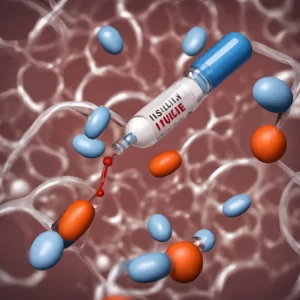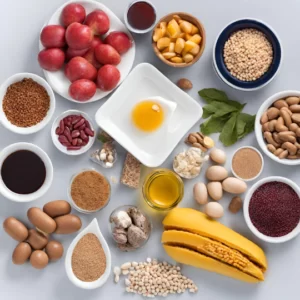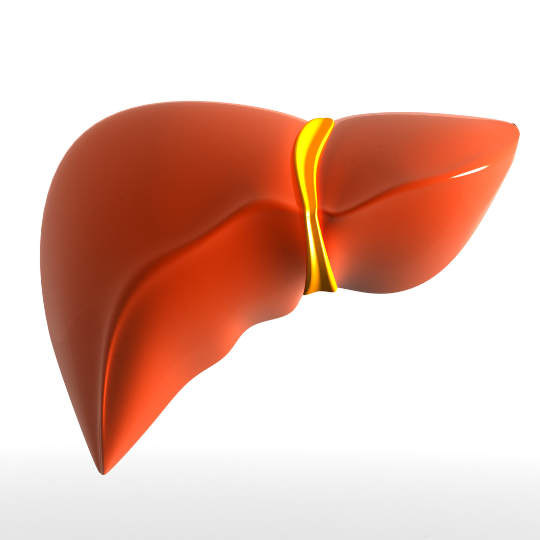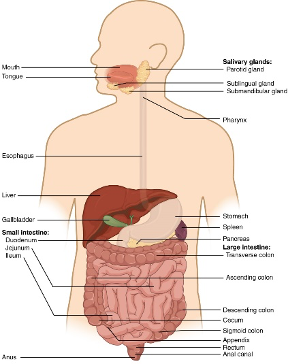The concepts
Insulin is a hormone produced by the pancreas that plays a key role in regulating metabolism, by prompting cells in the body to use glucose for energy or storage. In a nutshell this is how it works: when we eat foods that contain carbohydrates, such as bread, rice, and pasta, our bodies break down the carbs into glucose, which then enters the bloodstream. This increase in blood sugar/glucose triggers the release of insulin, which helps transport the glucose into cells, where it can be used for energy, or stored as fat reserves when glucose intake exceeds the current energy expenditure. The latter scenario is almost always the case of a regular meal, when generally only digestion-related energy is expended, with the surplus stored as future energy reserves in the form of adipose tissue.

Insulin resistance is an undesired metabolic state that occurs when the body’s cells become resistant to the effects of insulin. As a result, the pancreas has to produce more insulin in order to keep blood sugar levels under homeostatic control and essentially force transport excess glucose into cells. This can lead to a number of negative consequences, the most important of which is diabetes.
Diabetes can be regarded as a spectrum:
- starting off with excess glucose,
- followed by excess insulin trying to compensate for the excess glucose,
- continuing with insulin resistance,
- then further with type 2 diabetes, when the cells become unresponsive to the effects of excess insulin trying to force transport glucose into cells
- and leading to type 1 diabetes, when the pancreas stops producing insulin in the first place, as it fatigued in the previous stage, due to its continuous insulin production attempts.
Another negative consequence of insulin resistance is the development of fatty liver, a condition in which excess fat accumulates in the liver. This can lead to inflammation and scarring of the liver, which can ultimately lead to liver damage and even liver failure. This article sums up the links between insulin resistance and these unwanted metabolic conditions.
Other negative consequences of insulin resistance include an increased risks of high blood pressure and heart disease.

Assessment
There are a few different measures of insulin resistance, but the most accurate ones are generally considered to be the oral glucose tolerance test (OGTT) and the homeostasis model assessment (HOMA):
- The oral glucose tolerance test measures how well the body is able to process glucose after consuming a specific amount of a sugary drink, typically containing 75 grams of glucose. The ideal OGTT protocol ensues measuring both glucose insulin at 30 minutes intervals up to 2 hours post ingestion of the sugary drink
- The HOMA test uses measurements of fasting insulin and blood sugar levels to estimate insulin resistance; this can thus be computed for each of the OGTT measurements above
Insulin genetics
There are several genetic predispositions, or SNPs (single nucleotide polymorphisms), that have been linked to insulin resistance and other insulin-related issues in humans:
- One such SNP is rs7903146, which is located in the TCF7L2 gene. This gene plays a role in regulating glucose metabolism, and people with the T allele of this SNP are at an increased risk of developing type 2 diabetes
- Another SNP that has been linked to insulin resistance is rs2943641, which is located in the IRS1 gene. This gene is involved in the regulation of fat metabolism, and people with the G allele of this SNP are at an increased risk of developing insulin resistance and other metabolic issues.
The insulin fix
There are several ways in which these genetic predispositions can be addressed through nutrition and supplements. For example, research has shown that increasing intake of certain foods, such as fatty fish, nuts, and leafy green vegetables, can help improve insulin sensitivity. These foods are rich in nutrients such as omega-3 fatty acids and magnesium, which have been shown to have beneficial effects on glucose metabolism.

In addition, certain supplements, such as chromium and alpha-lipoic acid, have also been shown to improve insulin sensitivity. Chromium is a trace mineral that is involved in the metabolism of carbohydrates, while alpha-lipoic acid is a powerful antioxidant that has been shown to improve glucose metabolism and reduce oxidative stress.
However, it is important to note that while nutrition and supplements can be helpful in addressing genetic predispositions related to insulin resistance, they should be used as part of a comprehensive approach that also includes lifestyle changes such as regular exercise and maintaining a healthy weight. It is paramount to also work on the energy expenditure side of the equation, where movement and breathing play key roles. Adjusting oneself to circadian rhythms and using cold exposure to increase metabolism can also favourably impact metabolism and even insulin sensitivity directly.
Overwhelmed about all this? Let us underwhelm you through our genetic and metabolic optimization approach. Give us a shout and we will be happy to guide you through the process one step at a time.











